Dr. Selflove: Or, How I Learned to Stop Worrying and Love Myers-Briggs
I was at college the first time I had heard about the Myers-Briggs Type Indicator (MBTI) test. So, naturally, I was a skeptic.
It was a hot August evening in Bloomington, IN, when I shuffled into a huge lecture hall with hundreds of other students to take the test. We were told that the test would measure our personalities, strengths, and weaknesses, and that it could help guide us in school and in work after graduation. We were told it would change our lives forever.
I wasn’t buying it. How could some stuffy academic know my interests, desires, and behavioral traits based on a few random questions? Who were they to say what is best for me in relationships and work? I took the test reluctantly and smug in the knowledge that it couldn’t possibly do what it promised.
Throughout the test, I found myself debating the wording of the questions and the method in general. For several questions, I found myself wanting to choose more than one answer. I selected the best, and carried on, sure that I would have to explain away what was bound to be a slew of errant results. Once I finished, I prepared to refute.
But, when I saw my results, something rather spooky happened. I actually agreed with the findings.
After running calculations, I found that my personality type was ENTJ. Those familiar with the MBTI know that there are a total of 16 possible types, each made up of a combination of four different preferences based on 1. social interaction, 2. information processing, 3. decision making, and 4. structure. As an ENTJ, it is said that I prefer large crowds (Extroverted), big-picture ideas (iNtuitive), objectivity (Thinking), and a good deal of structure (Judging). Taken altogether, the ENTJ is rational, decisive, efficient, and visionary. It was like looking into a psychological mirror.
As I was taking the test, I thought I could sway one way or another, and, theoretically, might have ended up as an ISFP or something else on the other side of the personality spectrum. But, as I read the description of the other types, I realized that I wouldn’t have fit as anything else. An ISFP, for instance, tends to be passionate, sensitive, and unpredictable—traits I might appreciate in others, but could never embody.
Reading about the ENTJ was like reading an overview of my life—my interests, desires, and my behavioral tendencies. I could even relate to all of the negative things about ENTJs—they tend to be controlling, judgmental, impatient—I found myself agreeing and even defending the weaknesses of the personality in a way that I couldn’t for the others.
How in the world could this be? They asked me some silly questions, questions that I criticized and fought throughout, and, yet, when it was all said and done, they had nailed the description.
Talking with fellow students, I found that they too related to their types, and similarly did not relate to others. Suddenly, I began to think, there might be something to this Myers-Briggs thing.
Then, something really got me wondering.
I was in an entrepreneurship class, and the teacher presented a case study of someone who wanted to start a business. The teacher asked the class, what is the first thing that the businessman should do to get started on his company?
Several answers came right away: He should put together a business plan. He should obtain investors. He should put together an operations team. The teacher accepted each answer without commentary, and then I raised my hand. “Shouldn’t he start by drafting some sort of vision?” I asked.
The teacher paused, pointed at me, and asked, “You’re an ENTJ, aren’t you?”
I was rather flummoxed. From a simple thought experiment, the teacher had pinpointed the exact personality type that I had been identified as, and illustrated exactly how it could be applied in a business context. It was like magic.
 In retrospect, I can see now how it really isn’t magic, but rather very sensible applied psychology. The basic principles are that 1. People display distinct traits fairly reliably, 2. Those traits can be measured through answers to pointed questions, and 3. From those measurements, we can predict tendencies and behaviors. Of course, there are difficulties every time you analyze something as complex as the human personality. Generalities can be awfully misleading. But, given the proper organization and precautions, the method can access some valuable information.
In retrospect, I can see now how it really isn’t magic, but rather very sensible applied psychology. The basic principles are that 1. People display distinct traits fairly reliably, 2. Those traits can be measured through answers to pointed questions, and 3. From those measurements, we can predict tendencies and behaviors. Of course, there are difficulties every time you analyze something as complex as the human personality. Generalities can be awfully misleading. But, given the proper organization and precautions, the method can access some valuable information.
My entrepreneurship class was a great example. The teacher knew that ENTJs tend to be oriented toward big-picture and objective thought. When approaching a problem, ENTJs will try to assess it from a bird’s eye view, and then try to solve it. He knew that when I proposed starting a business, not with a plan or investors, but with a vision, that I was approaching this problem from a bird’s eye view. Incidentally, most entrepreneurs and CEOs are ENTJs—their big-picture vision is necessary to provide the overarching idea from which the specific elements can stem.
By contrast, other personalities will be oriented toward details and subjective thought—they will approach a problem from the ground level and start by getting into the nitty-gritty—exactly what my classmates had done by suggesting the businessman start with a plan or by getting investors.
Now, it is quite possible that my classmates were also ENTJs. They might have been accustomed to thinking big-picture, but for one reason or another focused on one of the more important details to start out. Certainly, a business plan is crucial and must come early; you can’t fund a company without investors. But, chances are that those classmates identified as other personality types-ESTJ, for instance, or ISFJ, which are strong with tactics and execution as opposed to strategy and vision. Their suggestions served as valuable contributions to a business, but, to be sure, they were valuable in a different way.
Likewise, it is possible that an ESTJ or ISFJ suggests starting a business with a vision. And my teacher might have guessed incorrectly in that situation. But, chances are that, if a person starts big and then angles toward the details, he is one of the NT types.
I was suddenly becoming a believer in this personality types concept.
The more I learned about it, the more it made sense and the more I saw evidence of its validity. As it turns out, that can be explained by my personality type as well. ENTJs are analytical and seek order (the NT and the J), and so are naturally drawn toward categories and psychological examination. Indeed, an ENTJ exploring Myers-Briggs is like a kid in a candy store.
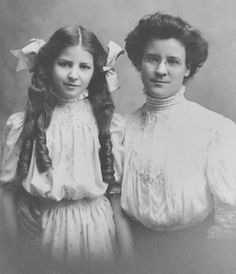
The real question was how it took so long for me to find it, and why I was so averse to it at first. I sincerely despised the whole concept of personality types and tests before I learned more about it. How could that be when I clearly have an appreciation for it now? Interestingly, that too can be explained by personality types, and indeed hints at an entirely new paradigm of psychological theory in general.
To explain, consider that, with sixteen types, there is a lot of variance in the way that people interact. There might even be more than sixteen types, but we can be sure that there are at more than a handful. And, this is the important thing. Just as the ENTJ description explains my interests and behaviors, so too do the other types describe the different interests and behaviors of others. The fact is those differences mean a lot in the way we act and interact with ourselves, loved ones, and in groups. We look for different things, we aim for different goals, and we communicate in different ways. A single gesture might be meant as a show of love by someone and seem completely different and maybe even rude to someone else. A story might convey one thing to an ISFP and something completely different to an ENTJ.
Regard the so-called Five Love Languages as an example. According to the theory, there are five distinct ways of expressing affection. If someone naturally uses one language with someone who doesn’t understand that language, it’s possible that the latter will not recognize the former’s affection. The romance will be lost and some friction might result. The idea with the personality types is the same except that there are really sixteen languages or more, and not just five.
Beyond romance, this applies to business, education, media, politics, and religion as well as a host of other social institutions. The way we think and act sways the way we see all of these institutions, and so distorts them to some degree. This is not to suggest that a given personality is destined to read certain books or vote for certain politicians. It is rather to suggest that everyone looks for different things in all of these arenas, and so will be compelled by different styles and ideas.
A personality type kind of personality.
Consider the Myers-Briggs test, itself. It is a rich exercise in psychology, and the NTJ in me loves it for that. But most people are not NTJs. ENTJs and INTJs combine to make up a mere 3.9% of the U.S. population. Meanwhile, studies show that the most common types are ISFJ and ESFJ, making up some 26.1% of the population. The thing is, SFJs are tend to be not quite fascinated by the inner depths of the human psyche or the broad theoretical implications. They are more interested in finding out about themselves and how to connect with other people on a personal level. And so, to appeal to the larger sector, the test is marketed, like so many other personality tests, as a way to find out about oneself and relate to others. It is, in a way, marketed like horoscopes and similar touchy-feely programs.
And this is why I didn’t gravitate toward it at first, and fought the whole concept while taking it. Something marketed toward SFPs will reasonably disinterest NTJs. And similarly, something marketed toward NTJs will turn off SFPs. It’s a shame primarily because the MBTI has something that can appeal to all types. At least it is functional to all types looking to communicate with differing personality types.
Looking at personality types in this way opens the door to an entirely new approach to our cultural constructs. If people think and act differently based on reliable and measurable personalities, then we have been doing things wrong all along. In education, for instance, we have used something of a cookie-cutter, one-size-fits-all approach for centuries, all under the premise that students need to know the same information. And yet, if they are taught that information in a uniform way, there is a chance that some will not absorb the knowledge as well as others do. There is talk of diversifying the curricula to better fit boys and girls, and that is a start. Ultimately, there is a need for a more comprehensive diversification to cover all of the various types.
And this goes for all our cultural institutions—romance, business, media, politics, and so on. Different people require different approaches, and so we cannot be entirely successful unless we take that into account and fashion our efforts accordingly.
Thinking inside the box.
The risk in such an assertion, of course, is the great risk in all psychological testing—that exercises like Myers-Briggs put people into boxes that might constrict thoughts and actions and thus limit possibilities. One thinks of the employer who hires someone for one job and just assumes that he cannot do other unrelated tasks and so doesn’t assign him anything outside of his supposed skill set. The employee falls into a groove of doing the same thing, and the limitations become a self-fulfilling prophecy. Likewise, putting someone into an ENTJ box might lead folks around them to assume that he cannot console a weeping friend, for instance, or cannot be counted on to hash out the details of a business plan. They will direct those opportunities away from the ENTJ, and thus limit his access to growth and broadening. It is a genuine threat, and one that should be guarded against with all manner of precaution.
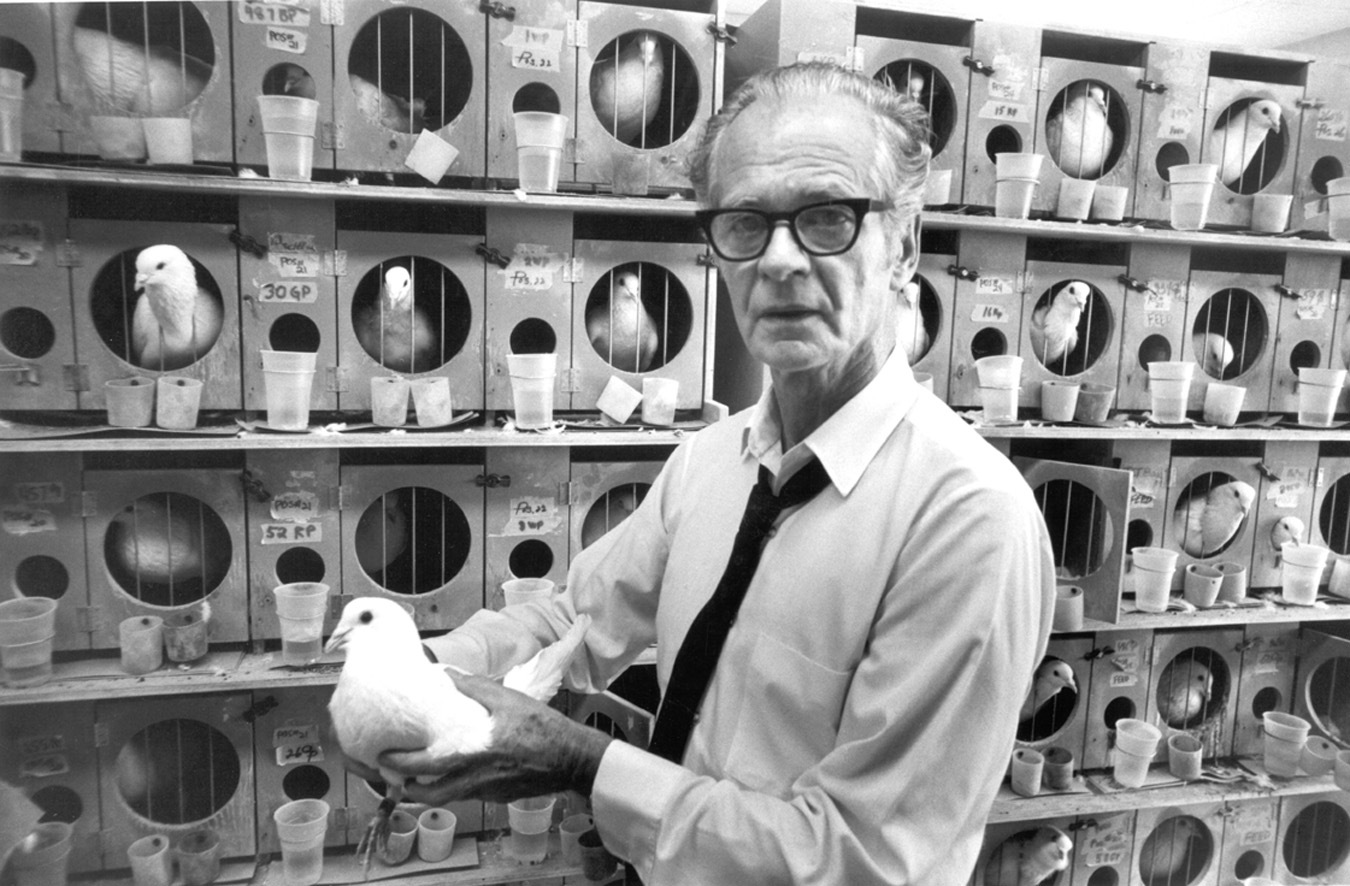
But it can be guarded against, and we need not assume that any such test automatically hinders creativity. On the contrary, the personality type paradigm can even foster creativity if applied in a meaningful and productive way.
It humors me when I discuss Myers-Briggs with critics. Almost always, the main problem they see with the test is that it puts people into boxes and hinders creativity. What’s funny is that they usually turn out to be types with an F and almost always tend to be Ps–types that tend to prioritize creativity and rebel against structure. Fs are more subjective and focus more on personal relationships, and Ps tend to oppose structure as if by duty. Those types are exactly the kinds who would find tests like the Myers-Briggs to be lacking and probably faulty. And so, in a roundabout sort of way, the main criticism of the exercise ends up proving its validity.
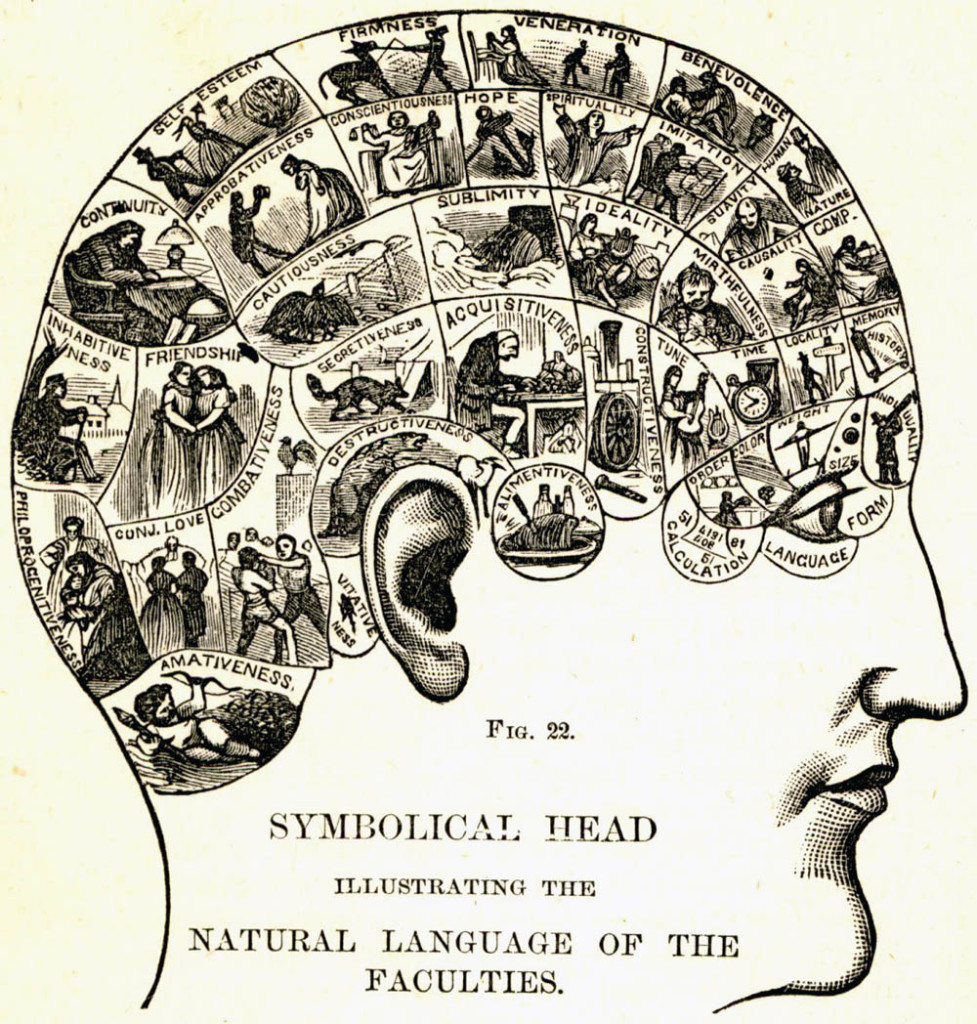
Of course we want to grow and learn, and should put aside any obstacles that might lie in the way. The study of psychological types and social dynamics is not one of those obstacles.
An honest appraisal reveals that people are already in boxes, largely of their own choosing. The personality type paradigm doesn’t place those restrictions; rather, it attempts to understand them and work with them to make use of them. And in this way, it can promote and even multiply the creative efforts of the subjects.
This concept is novel as far as the author can tell, and calls for a robust examination and case study. We need a fuller view of the theory and to find out exactly how we can apply it to our love, education, and work. After all, these anecdotes might be sufficient proof for, say, an ENFP, but an ISTJ needs a more rigorous study to be fully convinced. Such is the plight of the avid Myers-Briggs fan.

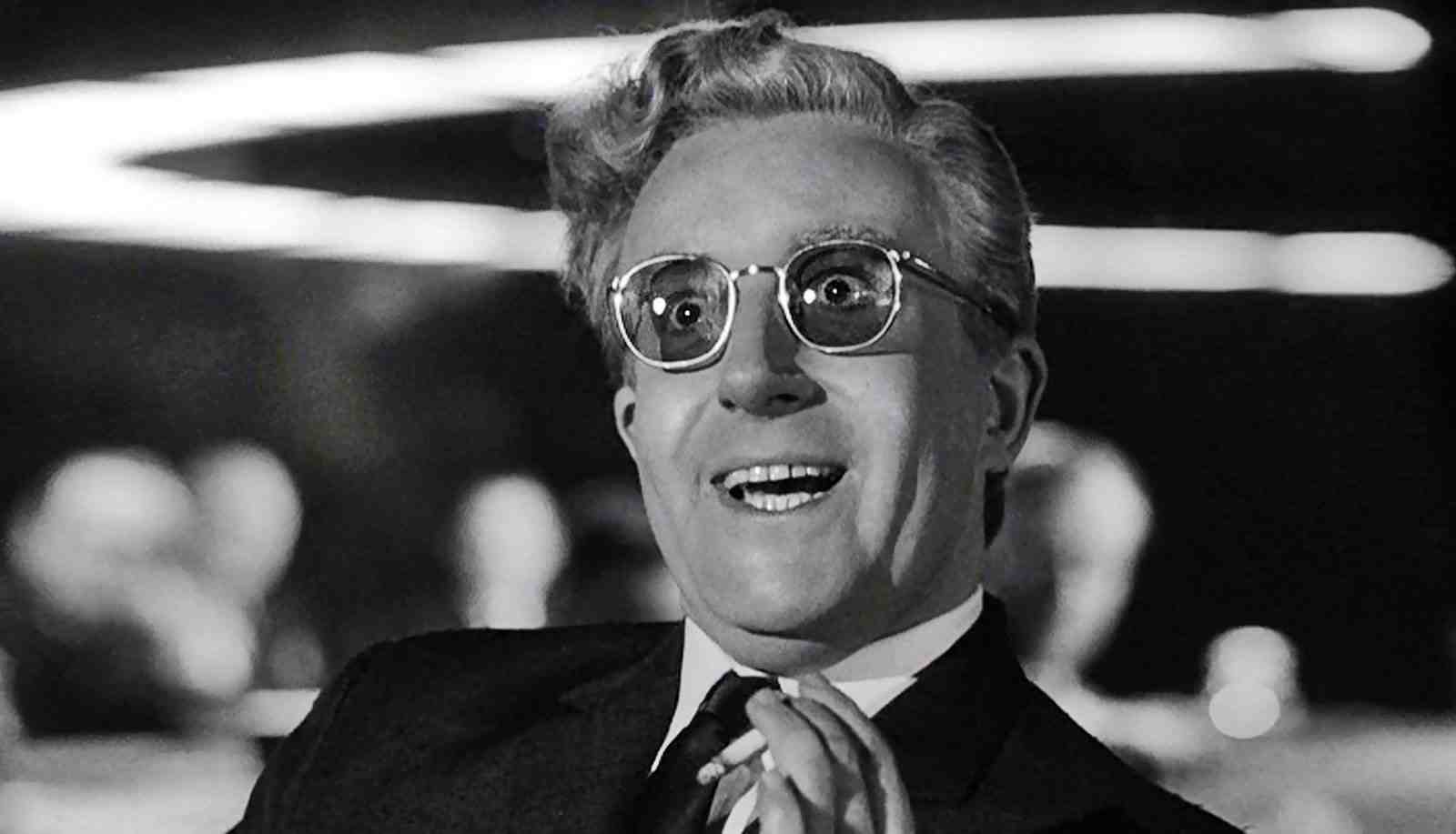

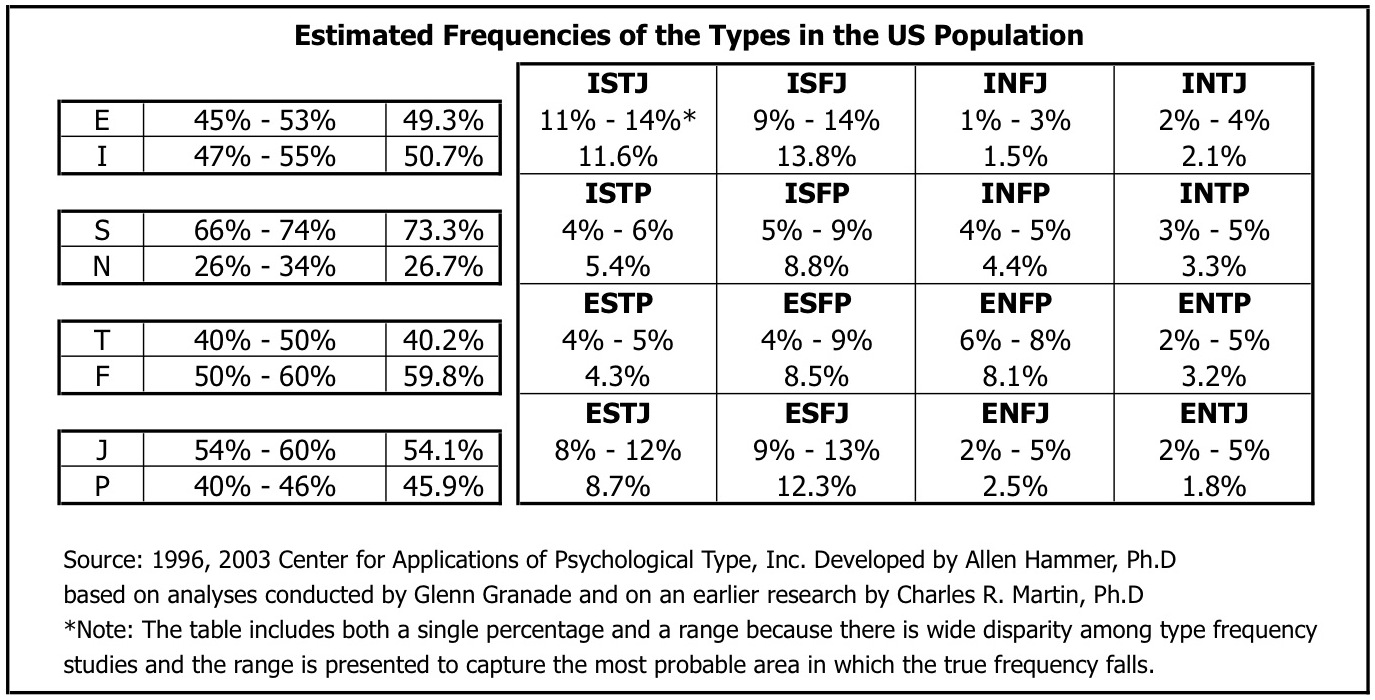
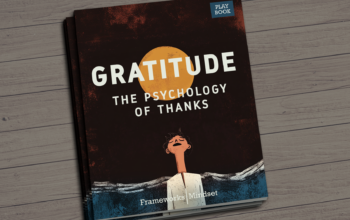

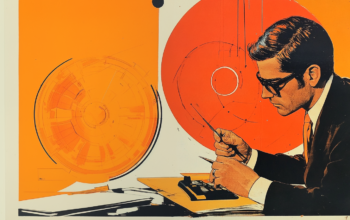
2 thoughts on “Dr. Selflove: Or, How I Learned to Stop Worrying and Love Myers-Briggs”